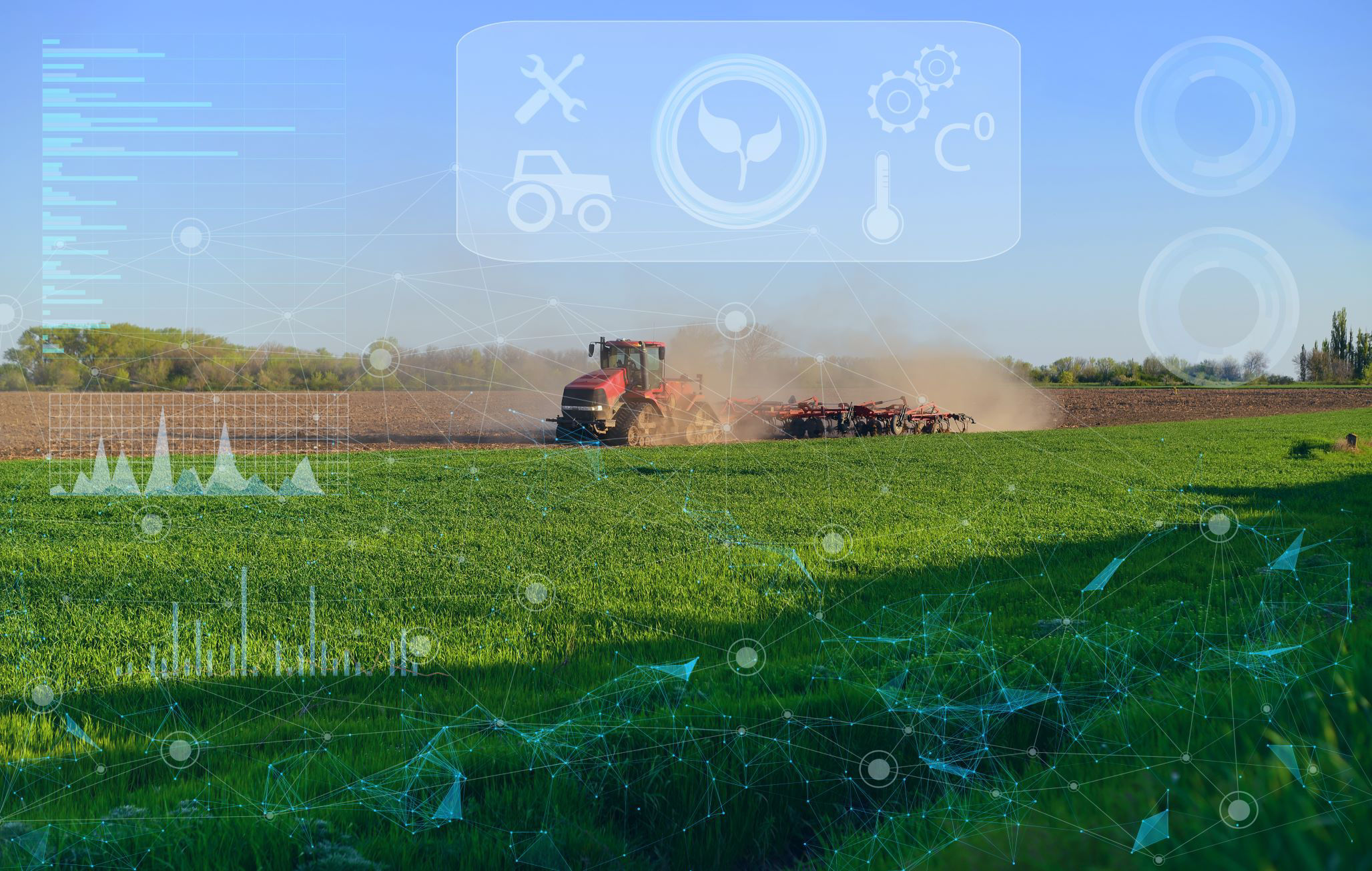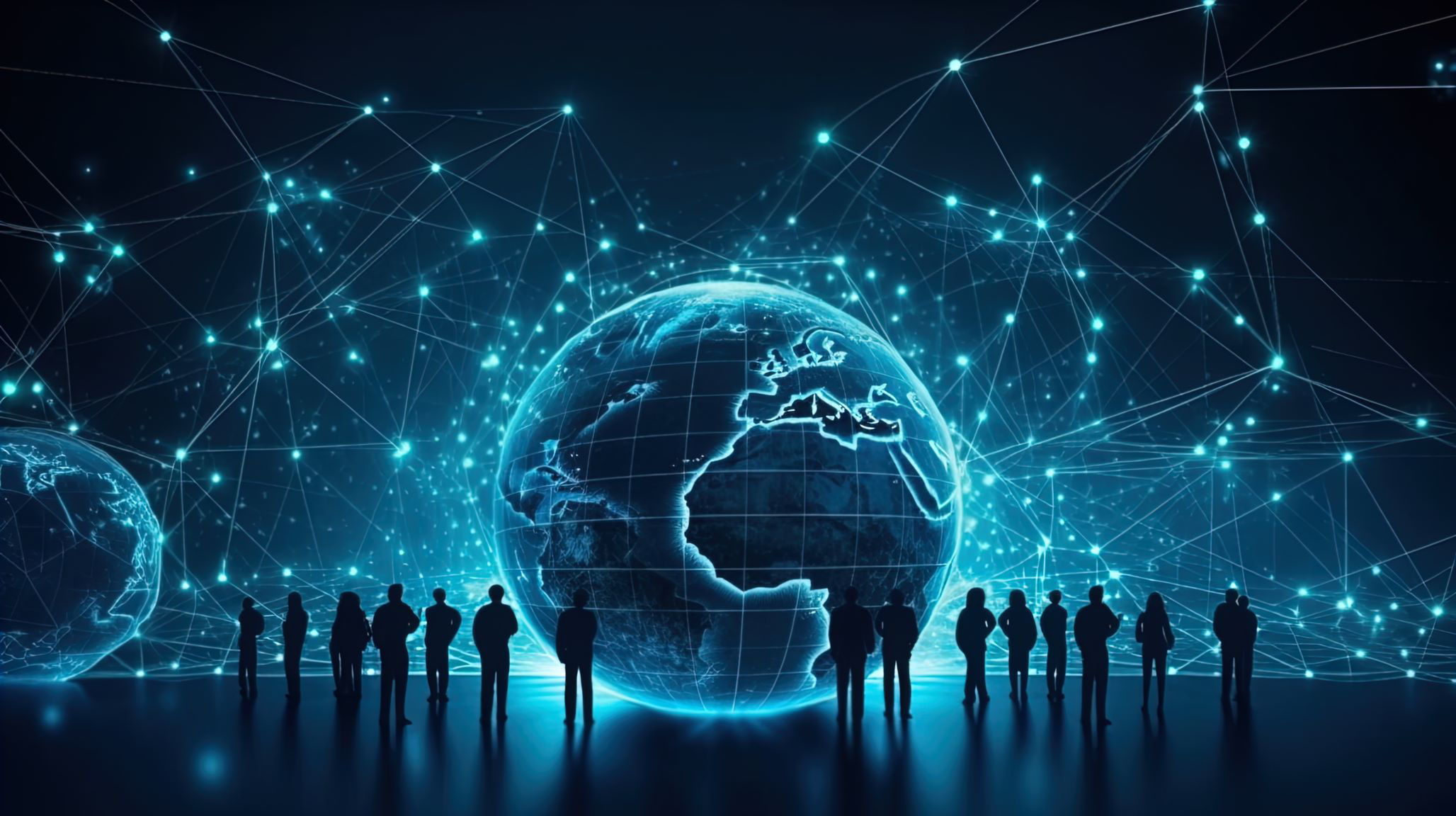This blog post was originally published at Qualcomm’s website. It is reprinted here with the permission of Qualcomm.
Harnessing AI for the greater good and to improve our world
Artificial intelligence (AI) has the potential to improve productivity, boost creativity and enhance the human experience. Although AI may create a sense of uncertainty about the future, we strive to create AI technologies that bring positive change to society. We’ve compiled below a few areas where we think AI can contribute to a better world.
AI holds immense potential to address complex challenges facing humanity, such as climate change.
Advancing science
AI-driven simulations and modeling can help solve complex problems in fields like climate science, drug discovery and engineering. These simulations enable scientists and researchers to explore various scenarios and optimize solutions without costly and slow physical experiments.
For example, NASA and IBM Research built and released a geospatial AI foundation model for Earth observation using NASA’s Harmonized Landsat and Sentinel-2 (HLS) dataset. The new foundation model can be used to track changes in land use, monitoring natural disasters and predicting crop yields.
AI can simulate the effects of climate change, the behavior of financial markets, the 3D structure of a protein or the spread of diseases. With environmental research, AI can analyze climate data and model scenarios to help address issues related to climate change and resource conservation. It can also find new chemical structures and compounds that can help advance fields such as materials science and pharmaceuticals.
Another inspiring example is the use of AI for the restoration of coral reefs. For the reduction of carbon footprint, AI optimization algorithms can be used to optimize energy consumption, reduce emissions and enhance environmental monitoring. In agriculture, AI-powered precision farming techniques can enhance crop yield, reduce pesticide use and reduce environmental impact.
AI is removing barriers and lowering the bar for tools that can unleash human creativity.
Creativity and accessibility
Using generative AI, we can supercharge creativity by quickly generating text, art or music. While not replacing human creativity, AI can be a valuable tool for brainstorming ideas, creating prototypes or providing inspiration. Accelerating the generation of literature, art and music enhances the lives of both the creators and the audience.
Tools like AI-powered video editing can streamline content creation for filmmakers and content producers. This ability to synthesize images, videos, dialog, characters and settings using AI can help virtually anyone blossom as a filmmaker, and expand the ability of individuals to express themselves. AI has the ability to enhance human creativity and because AI is built on the synthesis of human inputs, the results are still human inspired.
The collaboration between humans and AI can lead to more innovative results.
For many years people have been trying to develop low-code or no-code programming models. With AI, that can become an achievable goal. A programmer can use natural language through voice or text to describe what they want to achieve to a code assistant powered by a large language model (LLM). The code assistant will understand the programmer’s intent and then help generate appropriate code to complete the task.
Maintaining a code base can be monotonous work — AI can automate it. For example, finding common business-oriented language (COBOL) programmers today to maintain legacy code is very hard — AI can either help generate new COBOL code or modernize the application by helping to convert the old code into a more modern language, such as Java.
AI can help automate many tasks such as farming, to increase productivity, improve yields and reduce undesirable labor tasks.
Automation and productivity
It will be possible to automate routine and time-consuming tasks using AI. In doing so, the improvements to productivity through AI can be immense by automating repetitive tasks and eliminating the drudgery of work. In addition, turning routine tasks over to AI-based assistants frees people to focus on higher-value activities. In industries like manufacturing and logistics, AI-driven robotics and automation systems can optimize workflows, increase efficiency and reduce errors.
For example, farmers can already supervise multiple AI-enabled John Deere tractors that are working in multiple fields and performing diverse tasks such as plowing, seeding, weeding and harvesting — all from their home office over a cellular connection.
AI can process large volumes of data quickly, extracting valuable insights and trends.
This helps organizations make data-driven decisions more efficiently. AI’s data analysis capabilities can also uncover hidden patterns and correlations that were previously unidentified, aiding in the solution of complex problems. AI-driven analytics tools can identify patterns, trends and anomalies that humans may overlook, leading to more informed decision-making.
For example, major cities including Singapore, Los Angeles and Barcelona are already using AI video surveillance in traffic and transportation management to manage traffic flow and improve safety.
Natural Language Processing (NLP) is greatly enhanced by AI. It can process and analyze large volumes of text data, aiding in sentiment analysis, content summarization, document classification and data extraction, which can be valuable for decision-making and for finding new discoveries by sorting through large and historic research collections.
NLP-enabled and generative AI-powered chatbots and virtual assistants can handle customer inquiries, troubleshoot issues and perform tasks like automatically scheduling appointments or setting reminders. These AI-enhanced activities improve productivity in customer service and administrative functions.
AI has the potential to enhance human life and broadly improve our world.
AI has massive potential for good
AI’s ability to collect and process vast amounts of data, make predictions and automate tasks makes it a valuable tool for improving productivity, enhancing creativity, as well as tackling complex problems across many fields.
AI-driven predictive analytics can forecast future events and trends, enabling proactive problem-solving and decision-making. This is valuable across fields from finance, healthcare and marketing to climate science and drug discovery. These are just a few examples of how AI can improve our lives and our world.
Pat Lawlor
Director, Technical Marketing, Qualcomm Technologies, Inc.
Jerry Chang
Senior Manager, Marketing, Qualcomm Technologies






